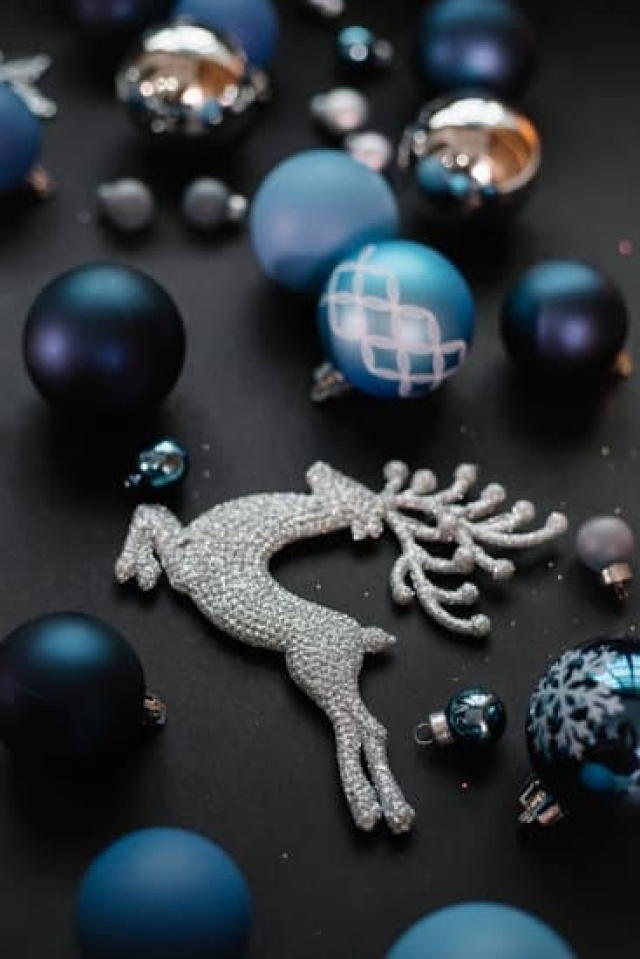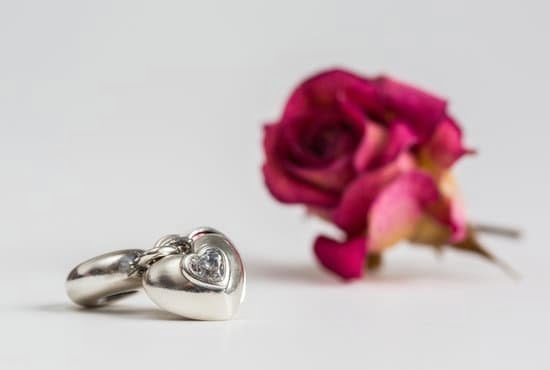Storage ideas for jewelry making are essential for any crafter looking to keep their materials organized and safe. Whether you’re a beginner or advanced creator, having an efficient storage system will help ensure all of your supplies stay in top condition while saving you time and money.
When it comes to organizing supplies like precious stones, metals, findings, wires and beads, one of the most important storage techniques is to secure valuable materials so that they cannot become damaged or lost. Using containers specifically designed for storing jewelry making materials can provide added piece of mind and can make the crafting process go much smoother.
The first thing to consider when deciding on what kind of storage solutions you’ll need for your jewelry making materials is the type of items you craft with. Larger items like semi-precious stones, unique chains or large cabochons should be kept in airtight containers made out of plastic or similar material to protect them from dust and potential damage over time.
Containers with dividers inside are often an ideal choice since they allow users to store more items in less space without compromising visibility or organization. Additionally, some foundlings suppliers offer specialized wooden boxes which can be used to safely transport fragile items such as sterling silver beads or artisan wire products – these are also great security measures if you tend travel with your supplies regularly.
When it comes to smaller items such as imitation pearls, crystals and other small beads there are several convenient storage solutions available. Typically these range from divided trays with drawer slots suitable for storing up to 36 individual compartments upwards into acrylic cases which can house dozens upon dozens of tiny beads at once.
Many jewelry makers opt for compartmentalized magnetic boards if they’re working with metal supplies such as small charms, spacers & bangles since it reduces the risk of them getting scattered & misplaced during crafting projects. However those who frequently work with larger quantities may prefer deeper drawers or high-capacity plastic containers depending on how much room they have available in their workspace and the number of pieces required per project.
Whatever type materials you use in your jewelry making adventures the key principle remains the same; secure and efficient storage allows users more freedom when it comes to budgeting time & resources whilst preventing damages caused by dust & potential wear & tear over longer periods of time – ultimately allowing them more control over what tools will be necessary each session and providing a better finished product overall.
Suggest alternative storage containers
Jewelers require materials to properly craft pieces, and storage is an essential part of keeping them organized. The traditional plastic bins used to store jewelry supplies are now becoming outdated in favor of alternative containers that can serve both short-term use and long-term preservation. Here are a few suggestions for using different types of storage containers when making jewelry:
- Wooden boxes – Wooden boxes are great for storing fine trinkets, beads, and other small items used in jewelry making. These boxes come in many sizes and have the advantage of being naturally resistant to heat and humidity; their snug fitting lids also make them ideal for preventing items from spreading or spilling. Wooden boxes create an aesthetically pleasing look that really brings out the textural element of your jewelry.
- Fabric drawstring bags – Drawstring fabric bags often contain large drawstrings at the ends for easy transport. These bags come in many colors and patterns providing good coverage so you can easily spot certain elements when needed while keeping the most delicate pieces safe from damaging each other inside.
- Tins – Tins provide a more durable yet light weight solution than wooden or fabric drawstring bags; tins are especially useful when you need something more practical, such as when traveling with multiple projects or crafting away from home. There’s also a great selection of decorative options if you like to display your supplies on shelves or tables.
Introduce video tutorials
When it comes to storage ideas for jewelry making, it is important to have options that work for the materials and tools needed for a specific project. For example, a jewelry maker may have beads of different colors, sizes, shapes, and finishes that should be kept in an accessible area and need to be visible. This will enable the maker to easily choose what they require quickly without having to go through all their supplies.
Video tutorials are an excellent way to demonstrate how one can organize the items needed for jewelry making. These tutorials can also highlight products made especially for storing particular materials and tools so that everything works together in harmony.
One useful tool in terms of storage space for jewelry making is a display board or pegboard. Pegboard is made of plastic perforated sheets that easily allow easy installation into walls.
Creating a display board on your wall using perforations can provide an organized station where you can easily access whatever item you need with a single glance. This makes the creation of pieces more efficient as it eliminates the need to look through various drawers or store boxes every time something needs to be retrieved from within them.
Another useful tip particularly beneficial when making large projects with multiple components is by labelling each container or packet stored away whilst also assigning each tool needed its own particular place in order to minimize time spent searching through them later on upon needing them again.
Labelling goes hand in hand with sorting beads by color and size; organizing smaller pieces such as clasps, charms, etcetera in small zippered pouches; repurposing glass containers with lids – such as from food items purchased – as small compartments with holders and organizers; organizing wire reels atop combination holders; collecting miscellaneous items in storage bags of different sizes and many more ideas.
Offer a section on online resources
Many DIY crafters, especially jewelry makers, face the challenge of organizing their materials and works in progress. Storing jewelry making tools and supplies can be difficult due to their intricate design and wide range of components. The key to achieving organization is to locate separate storage containers for each type of component and material while also having everything easily accessible at a moment’s notice.
Keep Personalized Containers
Having personalized containers are helpful when it comes to keeping jewelry making supplies organized. For example, small tins or bags can be used for different types of beads, such as vintage glass beads or large plastic beads. Separately labeling and designating appropriate container for each material will make inventorying easier later on. To further maximize space, try using ice cube trays as dividers for storing small items like jump rings or clasps inside clear plastic drawers.
Store Necklaces On Hangers
Necklaces should always be hung on velvet-lined hangers when not in use instead of being stored coiled. This prevents tangling and kinking which can damage the delicate wires or rub against other necklaces if ignored over time. Furthermore, earring posts can also fit securely into the loops of hangers keeping these pieces properly organized as well.
Provide A Dedicated Workspace
A dedicated workspace area is a must-have when organizing jewelry making supplies effectively. Having a table solely dedicated to crafting activities allows you to keep materials at arms reach without taking up too much room in general living areas.
You may also add a few compartments by using movable drawer dividers that slide along rails underneath the desktop surface giving crafters more control over designing their own tailored work space with ideal material placement. Lastly, most craft stores offer a wide range of caddy organizers that store materials but double as decor elements making them more aesthetically pleasing while maintaining an orderly set up around the workstation.
Mention room dividers as an option
For those who are serious about their jewelry making projects and don’t have a dedicated room for it, using room dividers can be particularly useful. Room dividers can serve as a great place to store larger-scale jewelry items like stringing material, beads, tools, etc. They give the artist an accessible location as well as the ability to customize the individual sections for specific items.
For example, one section could be designated solely for beads and spacers while another could be reserved for tools or findings. As dividers come in all shapes and sizes you can ensure that whatever your project size may be, there will reach you find a solution suitable for it.
Moreover, for those concerned with mobility and portability of storage options, freestanding racks typically offer more leeway in terms of placement. Oftentimes based on adjustable steel frames with fabric boxes or hangers that come in various sizes – these racks accommodate supplies up to 18” high and can easily fit in small spaces.
The bonus too is that these racks are light enough to transport between workshops if need be and easily collapsible so they aren’t taking up too much space when not needed.
Finally, one cannot forget about other out of the box storage options such as plastic bags or possibly investing in some furniture specifically designed for crafting purposes – like craft carts. Craft carts come with anywhere from two to fifteen drawers on casters which allow them to easily roll around your workspace yet stay securely tucked away when not in use.
Depending on what is being worked on this might just be that good middle ground one might need at times by allowing quick access without having to worry about things being stored at different locations throughout one’s workspace.

Welcome to my jewelry blog! My name is Sarah and I am the owner of this blog.
I love making jewelry and sharing my creations with others.
So whether you’re someone who loves wearing jewelry yourself or simply enjoys learning about it, be sure to check out my blog for insightful posts on everything related to this exciting topic!





